Celestial Wonders- Binary Stars (#1)
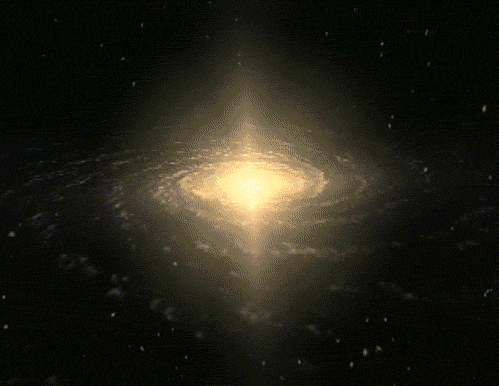
Celestial Wonders- Binary Stars (#1)
The twins of the stellar world are binary star systems.
A binary star is a star system consisting of two stars orbiting around their common center of mass.
When two stars appear close together in the sky as seen from the Earth when viewed through an optical telescope, the situation is known as an “optical double”.
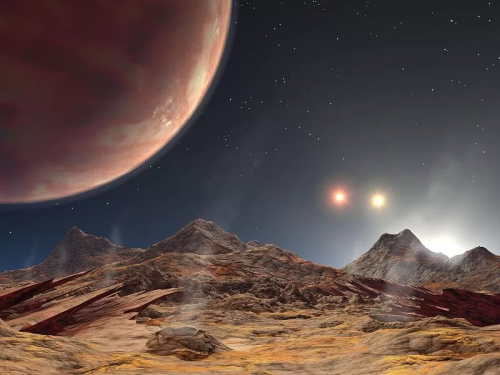
This means that although the stars are aligned along the same line of sight, they may be at completely different distances from us. This occurs in constellations; however, two stars in the same constellation can also be part of a binary system
Why study Binary stars ?
Binary star systems are very important in astrophysics because calculations of their orbits allow the masses of their component stars to be directly determined, which in turn allows other stellar parameters, such as radius and density, to be indirectly estimated.
This also determines an empirical mass-luminosity relationship (MLR) from which the masses of single stars can be estimated.
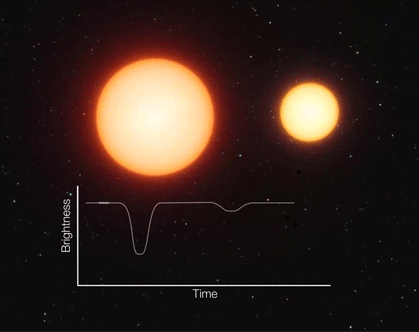
Also,it is estimated that 75% of the stars in the Milky Way galaxy are not single stars, like the Sun, but multiple star systems, binaries or triplets.
The Brightest star in the sky is a binary.
This is true. Sirius (aka the Dog star) - the brightest star in the sky is actually a binary star system.
When it was discovered in 1844 by the German astronomer Bessel, the system was classed as an astro-metric binary, because the companion star, Sirius B, was too faint to be seen.
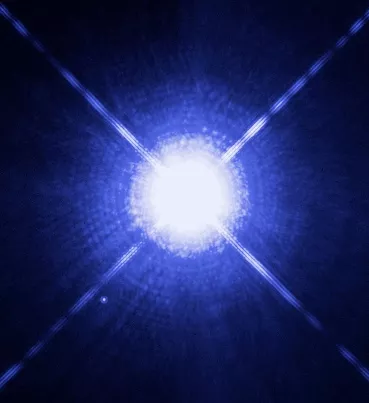
Bessel, who was also a mathematician, determined by calculations that Sirius B existed after observing that the proper of Sirius A (the main star) followed a wavy path in the sky, rather than a uniform path.
Sirius can now be studied as a visual binary because, with improving technology and therefore improved telescopes, Sirius B was able to be seen, although not for 20 years after Bessel had correctly predicted its existence.

Black Holes in a binary system ?
Hell Yeah! The term “binary system” is not used exclusively for star systems, but also for planets, asteroids, and galaxies which rotate around a common center of gravity.
However, this is not a trick question; even in star binaries, the companion can be a black hole.
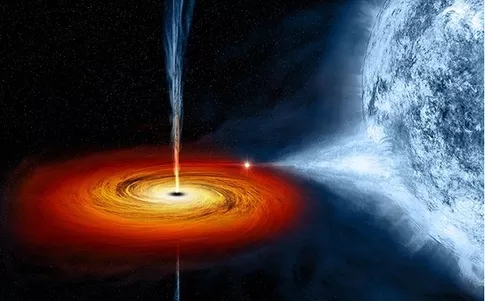
An example of this is Cygnus X-1.
A binary Black Hole system ?
Definitely! A binary black hole (BBH) is a system consisting of two black holes in close orbit around each other.
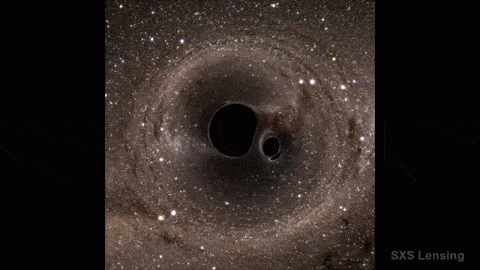
In fact the LIGO experiment which confirmed the existence of Gravitational waves was able to acquire its data when two Binary Black Holes Collided and merged into one. This phenomenon sent ripples in the fabric of space-time which we call as a Gravitational Wave.
The Universe is amazing huh?
If you found this interesting, check out:
A Denied stardom status - Jupiter
Black Holes are not so Black (Part 3) - Gravitational Waves
More Posts from Allisonkitten and Others

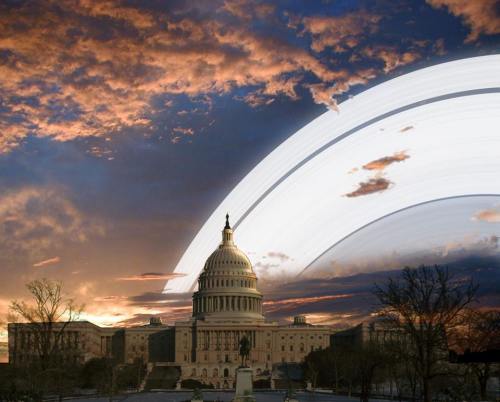
This is what Washington DC would look like if Earth had Saturn’s rings.
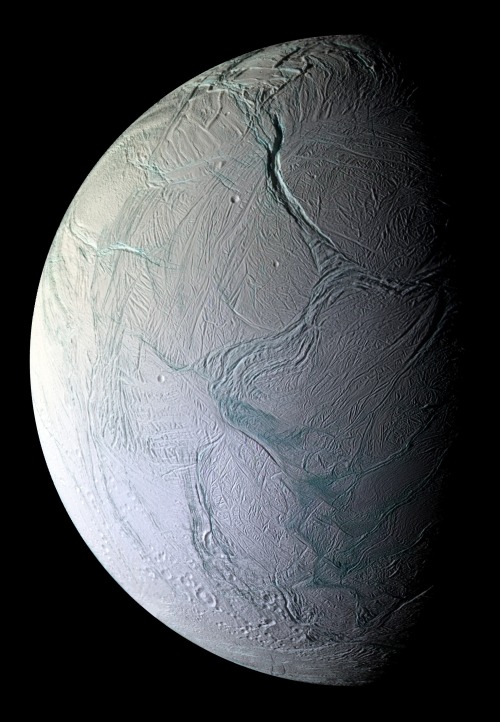
This is a photo of Saturn’s moon Enceladus - a dynamic ice world. Its surface shifts on geologic timescales, with vast ice sheets spreading and crashing like tectonic plates. Cryovolcanoes (which is a real term that I did not make up) shoot geysers of water out into space.
Recent readings taken by the Cassini spacecraft suggest that Enceladus has a rocky core and liquid oceans beneath the icy surface.
This picture was taken as Cassini was speeding away from Enceladus in 2008, after skimming just 15 miles above its surface.
Happy Saturnalia!
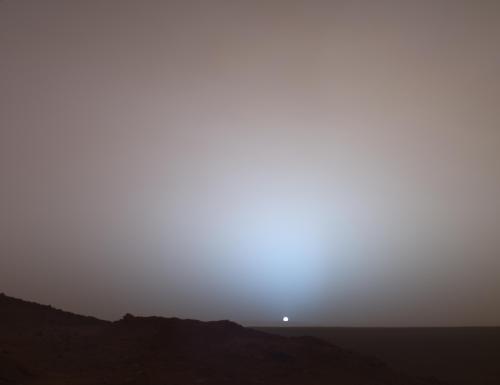
On Mars, the sunset is blue.
js
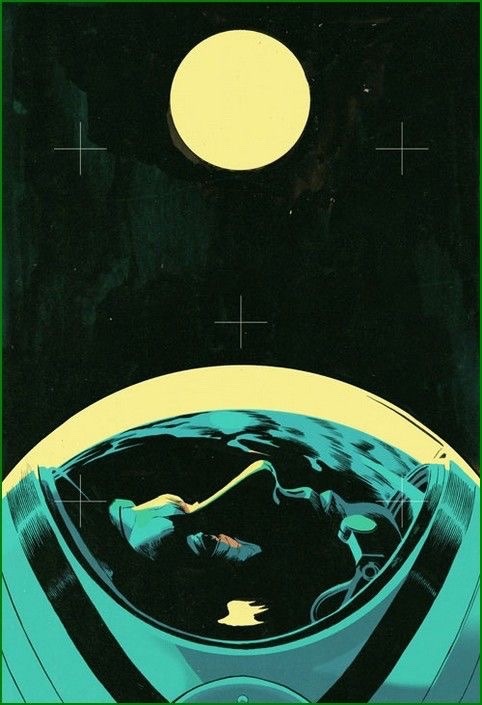
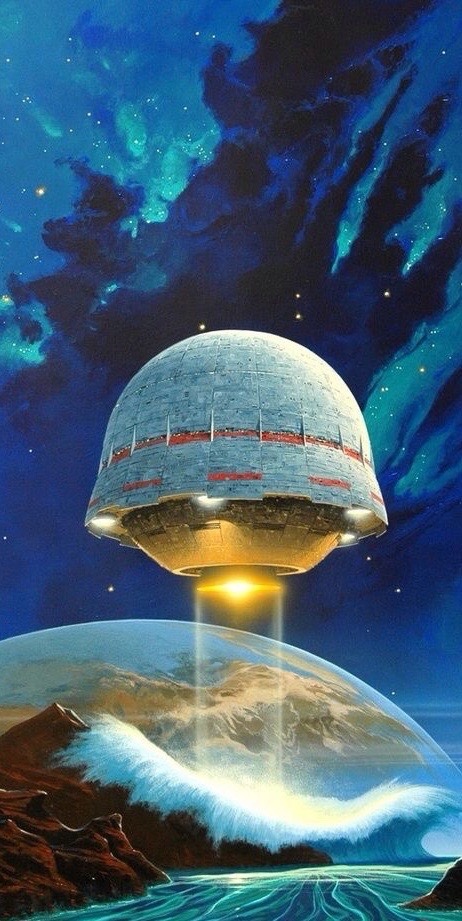


Vintage Space Album.
Oh my

This is actually amazing 🚀
Travel Posters of Fantastic Excursions
What would the future look like if people were regularly visiting to other planets and moons? These travel posters give a glimpse into that imaginative future. Take a look and choose your destination:
The Grand Tour

Our Voyager mission took advantage of a once-every-175-year alignment of the outer planets for a grand tour of the solar system. The twin spacecraft revealed details about Jupiter, Saturn, Uranus and Neptune – using each planet’s gravity to send them on to the next destination.
Mars

Our Mars Exploration Program seeks to understand whether Mars was, is, or can be a habitable world. This poster imagines a future day when we have achieved our vision of human exploration of the Red Planet and takes a nostalgic look back at the great imagined milestones of Mars exploration that will someday be celebrated as “historic sites.”
Earth

There’s no place like home. Warm, wet and with an atmosphere that’s just right, Earth is the only place we know of with life – and lots of it. Our Earth science missions monitor our home planet and how it’s changing so it can continue to provide a safe haven as we reach deeper into the cosmos.
Venus

The rare science opportunity of planetary transits has long inspired bold voyages to exotic vantage points – journeys such as James Cook’s trek to the South Pacific to watch Venus and Mercury cross the face of the sun in 1769. Spacecraft now allow us the luxury to study these cosmic crossings at times of our choosing from unique locales across our solar system.
Ceres

Ceres is the closest dwarf planet to the sun. It is the largest object in the main asteroid belt between Mars and Jupiter, with an equatorial diameter of about 965 kilometers. After being studied with telescopes for more than two centuries, Ceres became the first dwarf planet to be explored by a spacecraft, when our Dawn probe arrived in orbit in March 2015. Dawn’s ongoing detailed observations are revealing intriguing insights into the nature of this mysterious world of ice and rock.
Jupiter

The Jovian cloudscape boasts the most spectacular light show in the solar system, with northern and southern lights to dazzle even the most jaded space traveler. Jupiter’s auroras are hundreds of times more powerful than Earth’s, and they form a glowing ring around each pole that’s bigger than our home planet.
Enceladus

The discovery of Enceladus’ icy jets and their role in creating Saturn’s E-ring is one of the top findings of the Cassini mission to Saturn. Further Cassini discoveries revealed strong evidence of a global ocean and the first signs of potential hydrothermal activity beyond Earth – making this tiny Saturnian moon one of the leading locations in the search for possible life beyond Earth.
Titan

Frigid and alien, yet similar to our own planet billions of years ago, Saturn’s largest moon, Titan has a thick atmosphere, organic-rich chemistry and surface shaped by rivers and lakes of liquid ethane and methane. Our Cassini orbiter was designed to peer through Titan’s perpetual haze and unravel the mysteries of this planet-like moon.
Europa

Astonishing geology and the potential to host the conditions for simple life making Jupiter’s moon Europa a fascinating destination for future exploration. Beneath its icy surface, Europa is believed to conceal a global ocean of salty liquid water twice the volume of Earth’s oceans. Tugging and flexing from Jupiter’s gravity generates enough heat to keep the ocean from freezing.
You can download free poster size images of these thumbnails here: http://www.jpl.nasa.gov/visions-of-the-future/
Make sure to follow us on Tumblr for your regular dose of space: http://nasa.tumblr.com
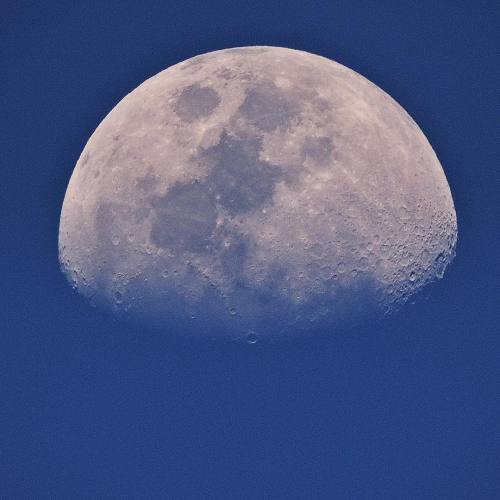
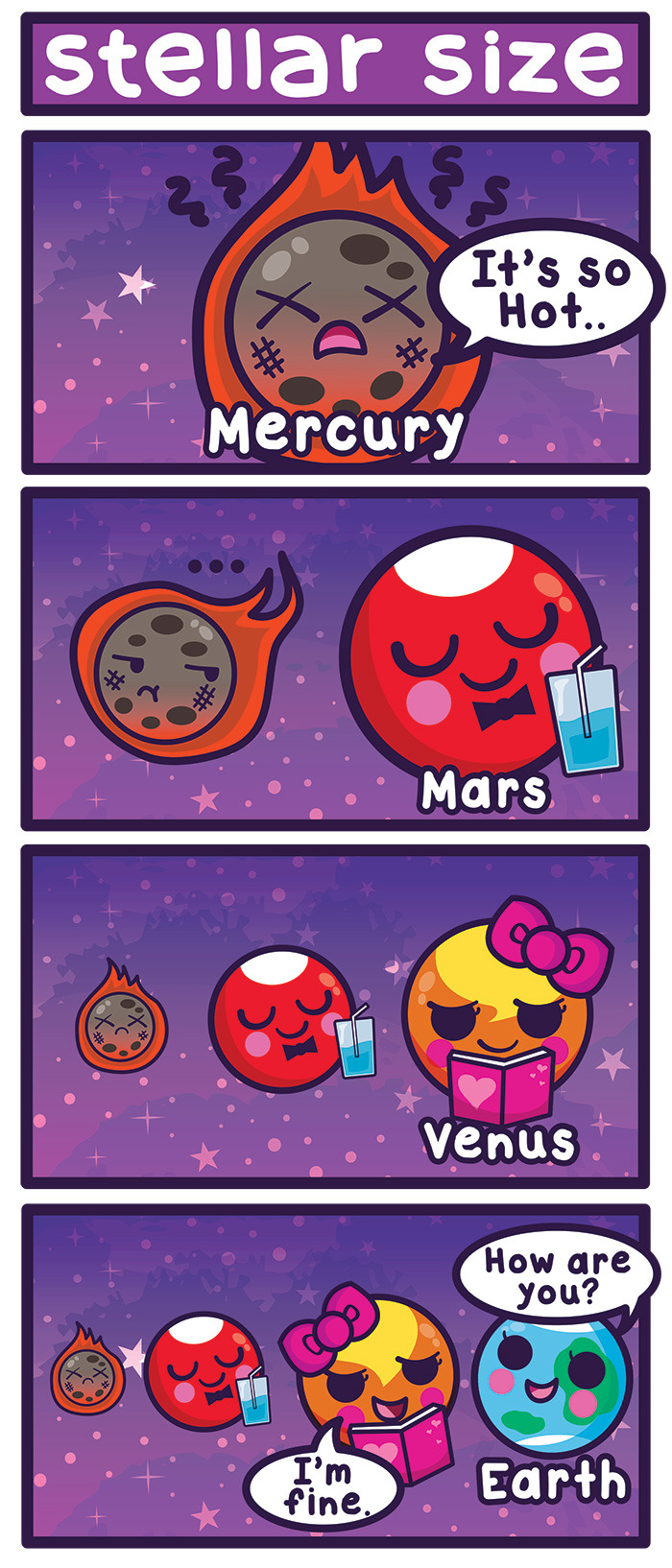
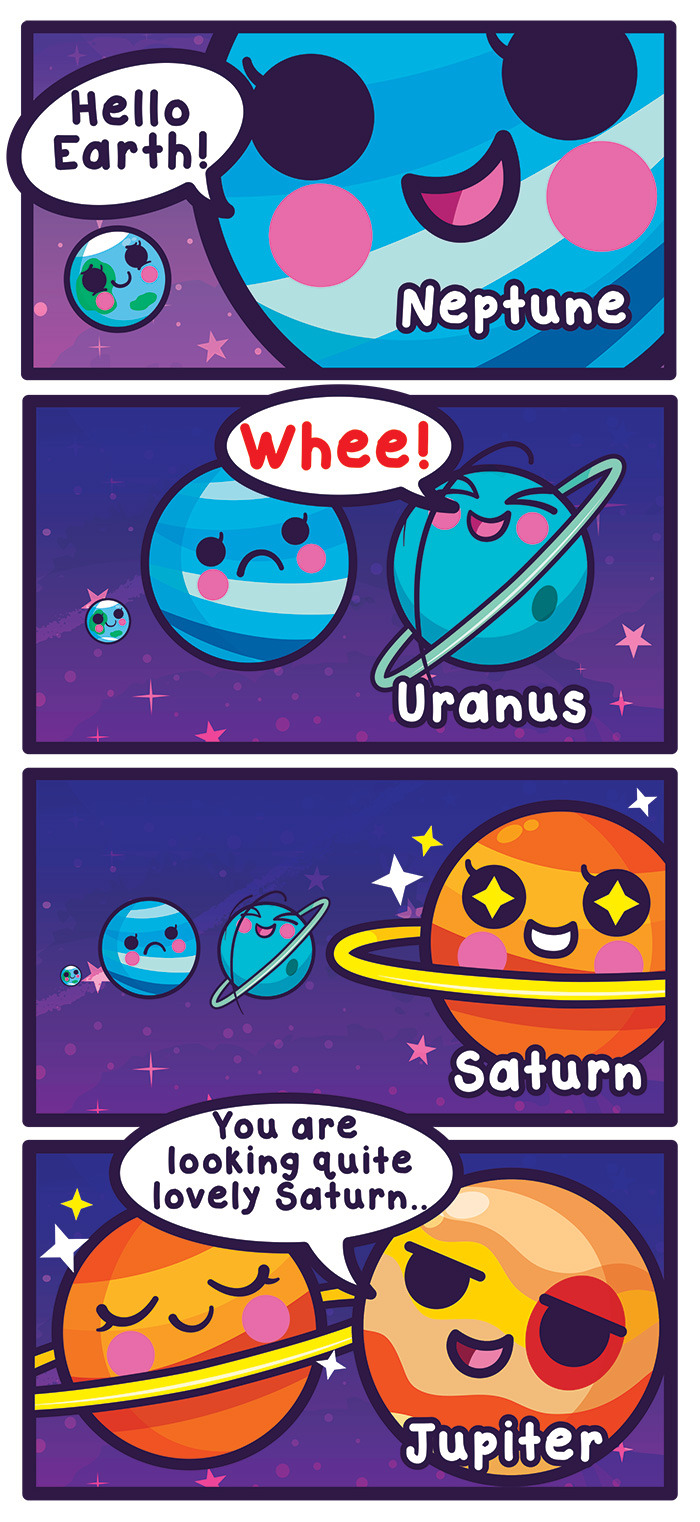
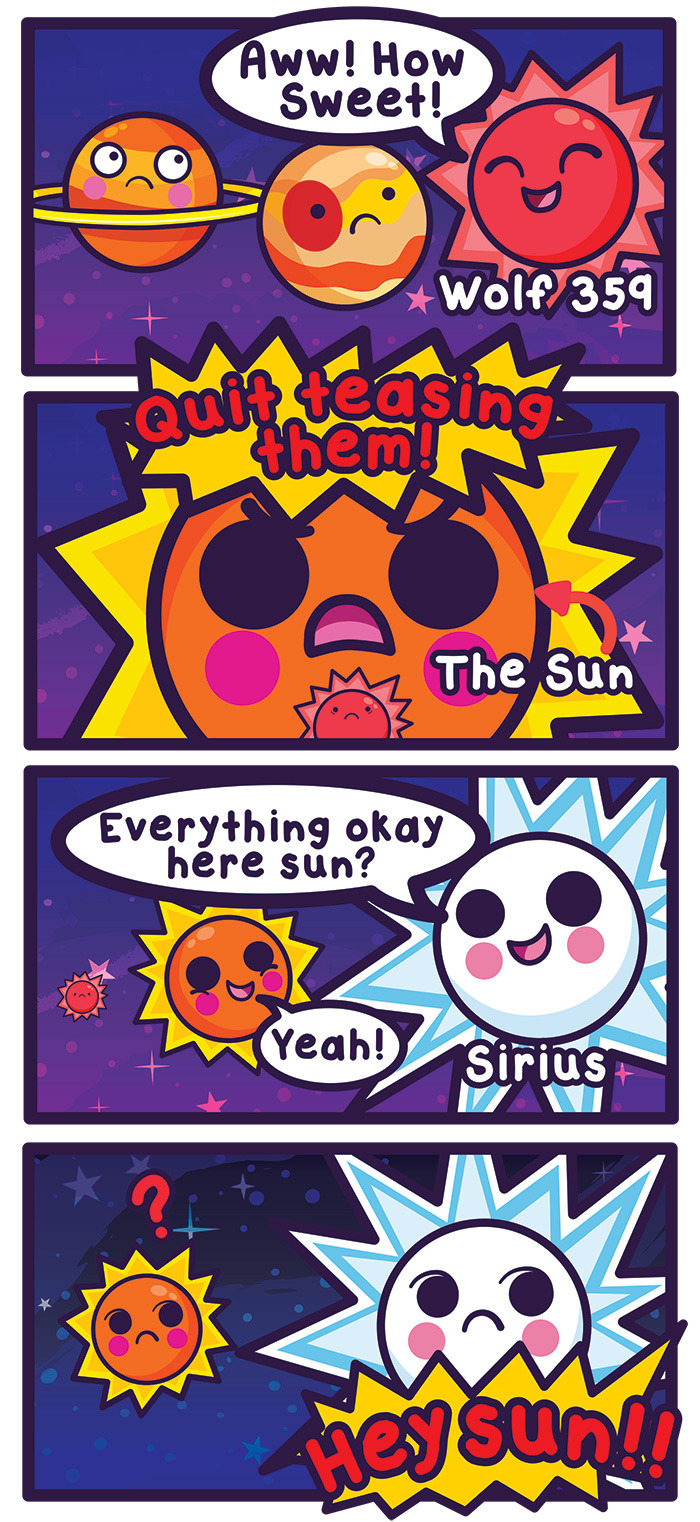
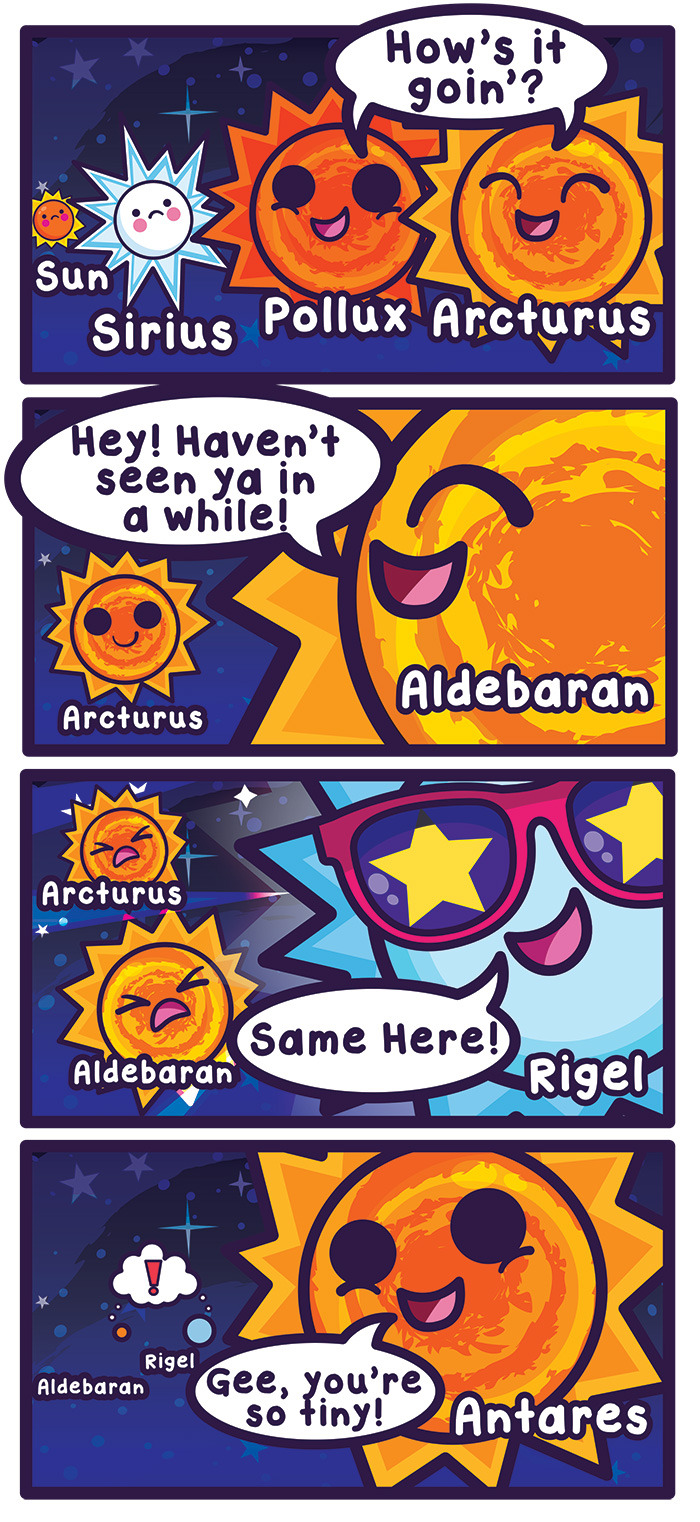
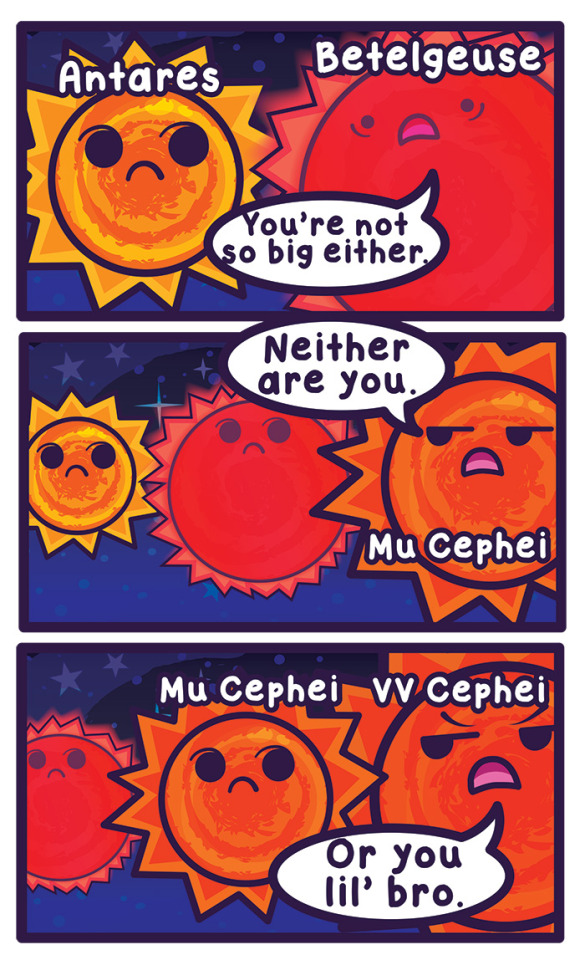
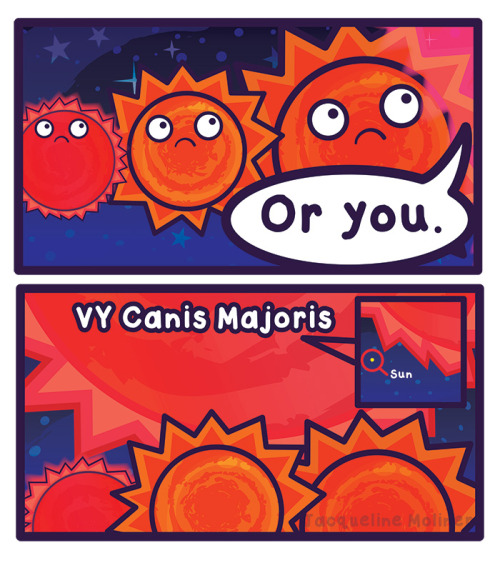
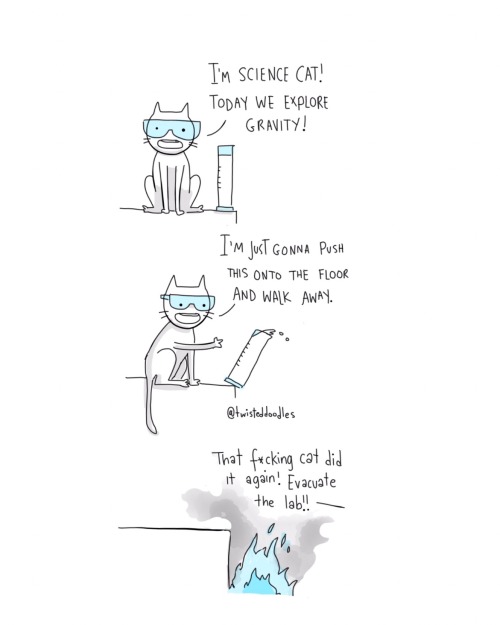
-
 ivnovichmx liked this · 4 years ago
ivnovichmx liked this · 4 years ago -
 cyberchasez reblogged this · 5 years ago
cyberchasez reblogged this · 5 years ago -
 boogoddess reblogged this · 5 years ago
boogoddess reblogged this · 5 years ago -
 emerarudo-kyuden reblogged this · 5 years ago
emerarudo-kyuden reblogged this · 5 years ago -
 the-highest-most-exalted-one liked this · 5 years ago
the-highest-most-exalted-one liked this · 5 years ago -
 kellyrick liked this · 5 years ago
kellyrick liked this · 5 years ago -
 undelightedducks-blog reblogged this · 5 years ago
undelightedducks-blog reblogged this · 5 years ago -
 undelightedducks-blog liked this · 5 years ago
undelightedducks-blog liked this · 5 years ago -
 claytonmoss liked this · 5 years ago
claytonmoss liked this · 5 years ago -
 maerimary reblogged this · 5 years ago
maerimary reblogged this · 5 years ago -
 maerimary liked this · 5 years ago
maerimary liked this · 5 years ago -
 hubristicbint reblogged this · 5 years ago
hubristicbint reblogged this · 5 years ago -
 hubristicbint liked this · 5 years ago
hubristicbint liked this · 5 years ago -
 sinkingchris reblogged this · 5 years ago
sinkingchris reblogged this · 5 years ago -
 sinkingchris liked this · 5 years ago
sinkingchris liked this · 5 years ago -
 ahnflower liked this · 5 years ago
ahnflower liked this · 5 years ago -
 ghostlyapricotpeanutcop-blog liked this · 5 years ago
ghostlyapricotpeanutcop-blog liked this · 5 years ago -
 quezadaandree reblogged this · 6 years ago
quezadaandree reblogged this · 6 years ago -
 quezadaandree liked this · 6 years ago
quezadaandree liked this · 6 years ago -
 homicidal-barbiee liked this · 6 years ago
homicidal-barbiee liked this · 6 years ago -
 dr1f7w00d liked this · 6 years ago
dr1f7w00d liked this · 6 years ago -
 actiaslunaris liked this · 6 years ago
actiaslunaris liked this · 6 years ago -
 ohmuqueen reblogged this · 6 years ago
ohmuqueen reblogged this · 6 years ago -
 moonlightddrive reblogged this · 6 years ago
moonlightddrive reblogged this · 6 years ago -
 moonlightddrive liked this · 6 years ago
moonlightddrive liked this · 6 years ago -
 kimbermcleod reblogged this · 6 years ago
kimbermcleod reblogged this · 6 years ago -
 kimbermcleod liked this · 6 years ago
kimbermcleod liked this · 6 years ago -
 mysticalpruneflapshepherd liked this · 6 years ago
mysticalpruneflapshepherd liked this · 6 years ago -
 wanderer001 liked this · 6 years ago
wanderer001 liked this · 6 years ago -
 davidcreburn-blog liked this · 6 years ago
davidcreburn-blog liked this · 6 years ago -
 eijiokumur-a liked this · 6 years ago
eijiokumur-a liked this · 6 years ago -
 wiwoadji liked this · 6 years ago
wiwoadji liked this · 6 years ago -
 richiefurr liked this · 6 years ago
richiefurr liked this · 6 years ago -
 canadian-pancake liked this · 6 years ago
canadian-pancake liked this · 6 years ago -
 necespanicpasta liked this · 6 years ago
necespanicpasta liked this · 6 years ago -
 willaddnamehere liked this · 6 years ago
willaddnamehere liked this · 6 years ago -
 angelic-girl liked this · 6 years ago
angelic-girl liked this · 6 years ago -
 zaffre-amethyst liked this · 6 years ago
zaffre-amethyst liked this · 6 years ago -
 dammitradar liked this · 6 years ago
dammitradar liked this · 6 years ago -
 ut-omnes-unum-sint-blog liked this · 6 years ago
ut-omnes-unum-sint-blog liked this · 6 years ago -
 ludmila199 liked this · 6 years ago
ludmila199 liked this · 6 years ago -
 dragonkinglover reblogged this · 6 years ago
dragonkinglover reblogged this · 6 years ago -
 gakittajp liked this · 6 years ago
gakittajp liked this · 6 years ago -
 replicant1955 liked this · 6 years ago
replicant1955 liked this · 6 years ago
Just a socially awkward college student with an interest in the celestial bodies in our universe.
279 posts